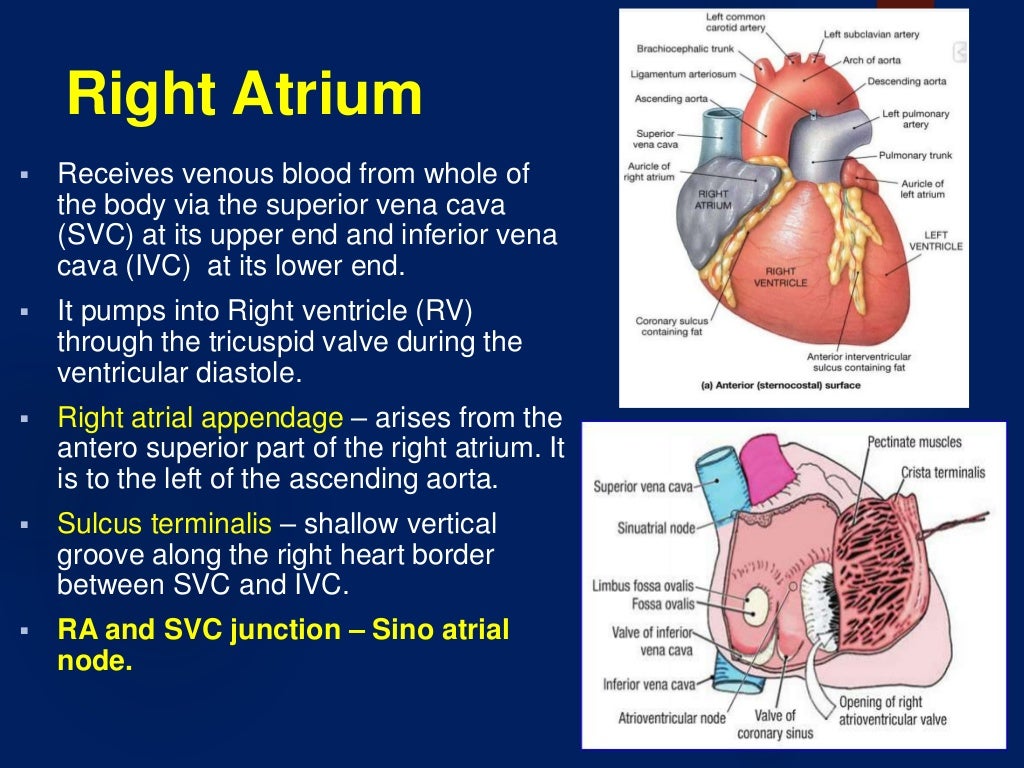


This authentication occurs automatically, and it is not possible to sign out of an IP authenticated account.Ĭhoose this option to get remote access when outside your institution. Typically, access is provided across an institutional network to a range of IP addresses. If you are a member of an institution with an active account, you may be able to access content in one of the following ways: 23(1):40-7.Get help with access Institutional accessĪccess to content on Oxford Academic is often provided through institutional subscriptions and purchases. Physicochemical and micro-tomographic characterization of inorganic deposits associated with aortic stenosis. Orzechowska S, Wróbel A, Goncerz G, Podolec P, Rokita E. The Left Atrium: From the Research Laboratory to the Clinic. 2014 Jul 16.īoudoulas KD, Paraskevaidis IA, Boudoulas H, Triposkiadis FK. Left atrial anatomy and physiology: echo/Doppler assessment. A Collaborative Project of Medical Students and Faculty. Cardiovascular Physiology, Lange Physiology. The Cardiovascular System at a Glance, Blackwell Publishing. The Cardiovascular System, Systems of Body Series, Churchill Livingstone. Human Anatomy and Physiology, Cardiovascular system, Benjamin Cummings.

This is a medical emergency, and the blood pressure must be controlled adequately and promptly. Malignant hypertension is when the blood pressure is greater than 200 systolic and 140 diastolic with evidence of papilledema. The remaining 2% have secondary causes, such as renal disease, pheochromocytoma, mineralocorticoid excess, aortic coarctation, or pre-eclampsia during pregnancy. The most common type of hypertension isessentialhypertension ,for which the cause is unknown. Stage 2 hypertension is defined as blood pressure greater than 160/greater than 100 mmHg. Stage 1 hypertension is defined as blood pressure of 140-159/90-99 mmHg.

Blood pressure above the normal ranges of 120 mmHg systolic and 80 mmHg diastolic are considered prehypertensive (120-139/80-89) mmHg. Blood pressure is regulated by autonomic neural reflexes involving baroreceptors, chemoreceptors, the vasomotor center, and vasomotor fibers acting on vascular smooth muscle inputs from higher central nervous system centers, chemicals such as hormones and renal compensatory pathways. Blood pressure varies directly with both cardiac output and blood volume it varies inversely with vessel diameter. Vessel diameter is the most important of these factors, and small changes in vessel diameter significantly affect blood pressure. Pericarditis has multiple causes, asfollows:īlood pressure is influenced by cardiac output, peripheral resistance of vessels, and blood volume. Constrictive pericarditis usually presents with right-sided symptoms because the right ventricle does not fill with normal capacity due to the anatomic bottleneck caused by the constricted pericardium, hence causing venous congestion, preload reduction, and a reduction in cardiac output. Because the right ventricle operates under lower pressures than the left ventricle, the right ventricle is primarily affected by the constricted pericardium. The clinical manifestations of acute pericarditis are due to the inflammation of the pericardium treatment is targeted with anti-inflammatories such as aspirin or NSAIDs, while the clinical manifestations of chronic pericarditis are usually due to the constriction of pericardium around the myocardium. Inflammation of this layer is known as pericarditis. The heart is surrounded by a sac of tissue known as the pericardium that functions as a protective layer to the heart and also reduces friction with adjacent organs.


 0 kommentar(er)
0 kommentar(er)
